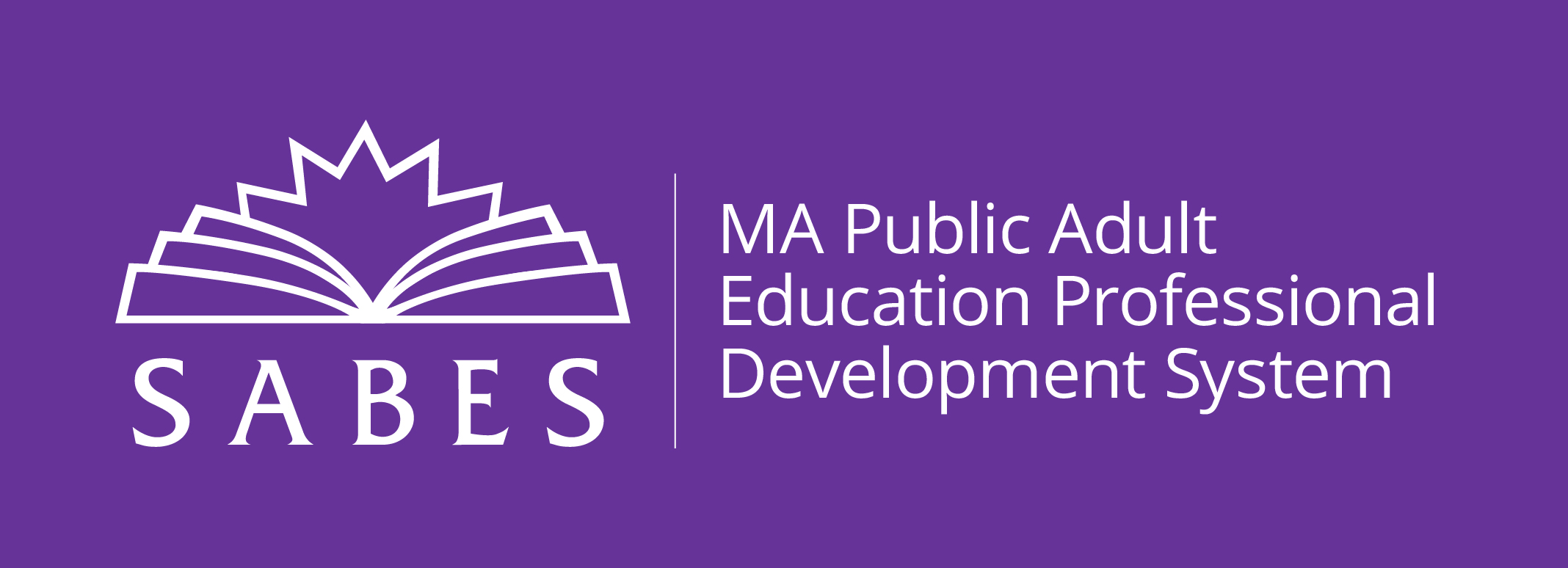The interactive whiteboard is a tool that teachers and tutors may use to engage students at any level by creating interactive lessons for a multitude of subjects. Learn about three interactive whiteboard options—including one that is free—and how and why you may want to use it in your class.
- ESOL and ABE teachers and tutors
This professional development activity/course is designed for:
Find out why and how you can incorporate an interactive whiteboard into your curriculum and see lesson examples of various subjects through demonstrations. Participate in activities that are designed for you to learn how to utilize interactive whiteboard resources to effectively engage your students.
Not sure what an interactive whiteboard is or what it can allow you and your students to do? View the following video:
https://www.youtube.com/watch?v=gqlxmq7_zI4
Session 1 is 5 hours face-to-face. This session introduces 3 options in interactive whiteboard technology: the Smart Board, the IPevo Whiteboard System, and a free cloud-based product called Classflow. Participate in lessons and view activities and resources that will enhance your students' learning experience. Homework is assigned for Session 2 to create your own lesson.
Optional: 1 hour "virtual office" support online to help get prepared for Session 2.
Session 2 is a 1-hour webinar (required). To increase your knowledge and confidence in interactive whiteboard use, you will share the lesson you created as homework. Learn about cool accessories that may be used with an interactive whiteboard!
Session 3 is a 1-hour webinar (required). This session allows you to evaluate your new skills and hear suggestions on how to refine them.
This workshop is 8 professional development hours:
- 5 hour face-to-face workshop on Monday, January 23, 2017, from 9:30 a.m. to 3:30 p.m. Attendance is required.
- 1 hour webinar on Monday, January 30, 2017, from 6:00p.m. to 7:00p.m. Attendance is required.
- 1 hours webinar on Monday, February 6, 2017, from 6:00p.m to 7:00pm. Attendance is required.
- 1-hour online discussion
In addition to the 8 hours of training activities above, you will also be required to plan and implement an activity with your students.
CCR Anchor Standards addressed:
-
Writing Anchor 6: Use technology, including the Internet, to produce and publish writing and to interact and collaborate with others.
-
Speaking and Listening Anchor 2: Integrate and evaluate information presented in diverse media and formats, including visually, quantitatively, and orally.
-
Speaking and Listening Anchor 5: Make strategic use of digital media and visual displays of data to express information and enhance understanding of presentations.
-
Reading Anchor 7: Integrate and evaluate content presented in diverse media and formats, including visually and quantitatively, as well as in words.
-
Language Anchor 4: Determine or clarify the meaning of unknown and multiple-meaning words and phrases by using context clues, analyzing meaningful word parts, and consulting general and specialized reference materials, as appropriate.
-
Math 1.MD.4, 2.MD.10: Represent and interpret data.
-
Math 2.MD.6: Relate addition and subtraction to length.
-
Math 4.G.1: Draw and identify lines and angles and classify shapes by properties of their lines and angles.
-
Math 5.G.1, 5.G.2: Graph points on the coordinate plane to solve real-world and mathematical problems.
-
Math 6.NS.5, 6.NS.6, 6.NS.7, 6.NS.8: Apply and extend previous understandings of numbers to the system of rational numbers.
-
Math A.REI.3, 7.EE.4, 8.EE.7: Solve real-life and mathematical problems using numerical and algebraic expressions and equations.
-
Math S.ID.7: Interpret linear models.
-
Math 8.SP.3: Use the equation of a linear model to solve problems in the context of bivariate measurement data, interpreting the slope and intercept.
-
Math 8.EE.5, 7.RP.2b: Understand the connections between proportional relationships, lines, and linear equations.
-
Math 8.F.3: Define, evaluate, and compare functions.
-
Math 8.G.8: Understand and apply the Pythagorean Theorem.
- Explain the basic configuration needed for three interactive whiteboard tools
- Demonstrate basic understanding of the use of interactive whiteboard tools and functionality
- Describe how an interactive whiteboard may be used in a curriculum and assess its value in a classroom setting
- Locate resources available for interactive whiteboards
- Explain the role of multimedia in interactive whiteboard lesson
- Create one lesson plan using an interactive whiteboard to exhibit understanding of interactive functionality used in a lesson to address student or classroom needs
Upon completion of this professional development activity/course, you will be able to:
- Internet for lesson implementation
- Headset and fast Internet connection for Session 2 and 3 webinars
International Institute of New England
2 Boylston St.
Boston, MA 02116
United States


